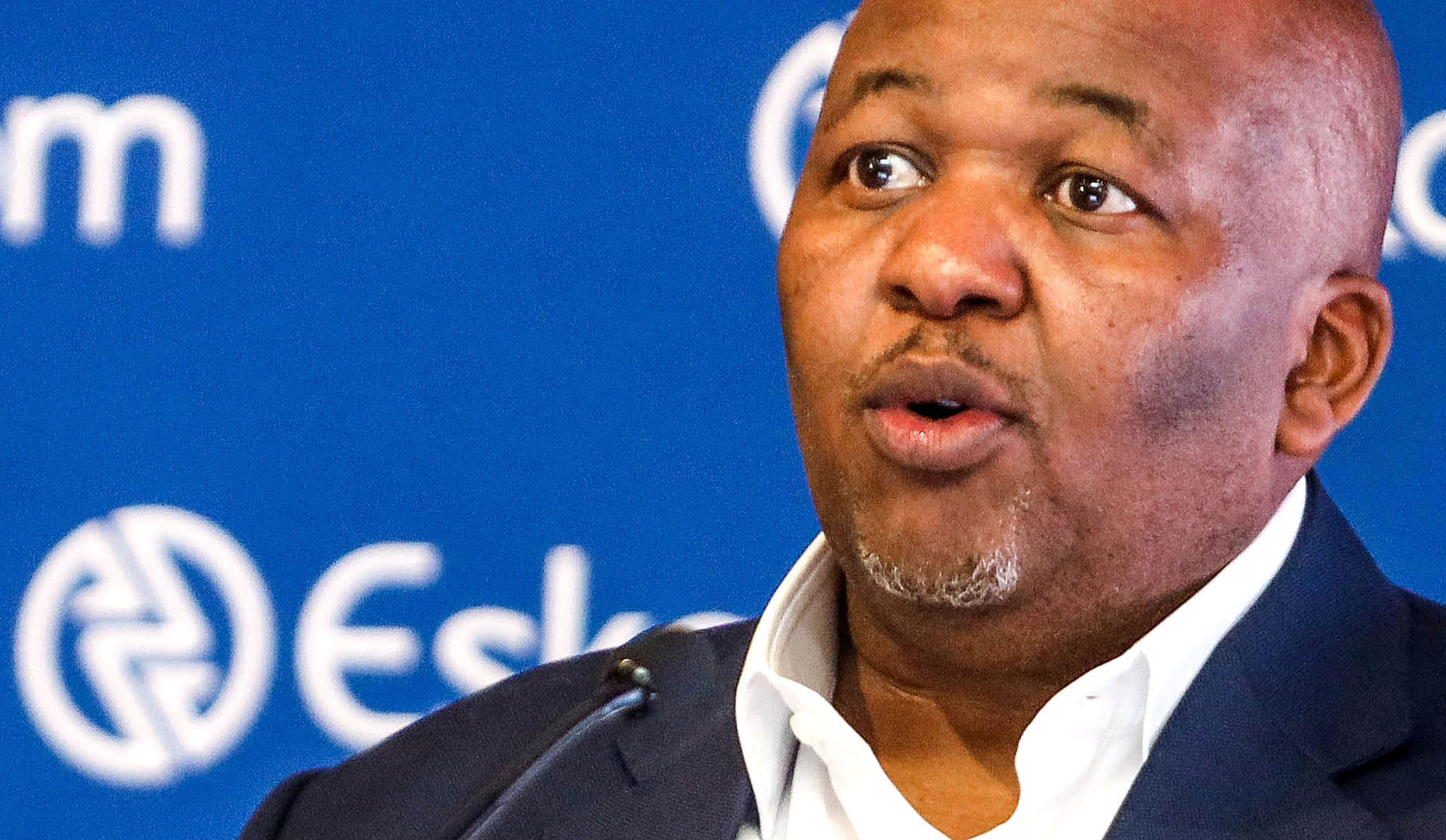Corporate turnarounds fascinate me.
Does a company lose its way because it has appointed bad people to important jobs, and keeps making blunders? Do fundamental market changes happen around a company that it cannot anticipate or adapt to? Or are there other reasons why companies fail and need resuscitating?
I wondered whether these questions could apply to Eskom, whose operational turnaround can be seen in the power utility being able to keep the lights on — for four months and counting. Of course, Eskom is not like any other company. It’s a beast that is stalked by politics and many vested interests. So, the above questions may be pedestrian and not go far in addressing Eskom’s complexity.
It might be worth looking at what new Eskom CEO Dan Marokane and the board (led by Mteto Nyati) — supported by management — have done differently that many others before them couldn’t. After all, before Marokane, there were nine CEOs over 10 years — all of whom attempted to resolve Eskom’s blackouts but couldn’t.
 Eskom board chair Mteto Nyati during a media briefing by CEO Dan Marokane on 14 June 2024 in Johannesburg, South Africa. (Photo: Gallo Images / Sharon Seretlo)
Eskom board chair Mteto Nyati during a media briefing by CEO Dan Marokane on 14 June 2024 in Johannesburg, South Africa. (Photo: Gallo Images / Sharon Seretlo)
Over the past decade, Nyati became the sixth board chair at Eskom.
A case could be made that other CEOs and boards in recent years were distracted by the State Capture project, cleaning up its devastating effects while neglecting the basics of running power stations. Maybe now that there is a better grasp of the mechanics behind State Capture, work to fix Eskom’s operational, financial, and governance affairs is underway.
Whatever is going on, Eskom managers are talking about a “structural shift” happening at the power utility, resulting in 153 days of no blackouts and prompting Marokane to forecast the same during the upcoming spring and summer months.
 Eskom's new management has gone back to basics. (Photo: Dean Hutton / Bloomberg via Getty Images)
Eskom's new management has gone back to basics. (Photo: Dean Hutton / Bloomberg via Getty Images)
In about a year, Eskom has increased the energy availability factor (EAF) — the main metric to measure the average percentage of power stations available to dispatch energy at any one time — from a low of 55.41% to 67.02%. A higher EAF indicates that Eskom’s power stations are performing well and also lowers the probability of higher blackout stages.
Unplanned outages at power stations went from a high of 18,000MW to around 10,000MW, pushing Eskom management to predict “a load shedding-free summer”.
Eskom is betting on an additional 2,500MW that will be generated in the next few months, owing to the return of some generating units at its power stations (Medupi unit 4, Kusile unit 6, and Koeberg unit 2). And because of this, Eskom believes that by April next year, it will be able to announce a permanent end to blackouts.
For this optimistic outlook, it seems like the new Eskom management has gone back to the basics. There has been a renewed focus on monitoring the performance of power stations and addressing breakdowns and trips as they occur, which also gave management more room for major maintenance.
This renewed focus is contained in Eskom’s recovery plan, which also drew on the recommendations contained in a report prepared for the National Treasury by the German VGBE consortium.
Eskom’s head of generation, Bheki Nxumalo, provided more insight into factors behind the recovery during a presentation to journalists this week on the power utility’s summer maintenance plan. Nxumalo said as the performance of power stations has improved, so too has staff morale and a commitment for them to see improvements in other areas.
The board chaired by Nyati, which was appointed nearly a year ago, has also taken over basic human resource functions that were controlled by the shareholder representative, the Department of Public Enterprises, led by former minister Pravin Gordhan. When Nyati and his board colleagues arrived at Eskom, they saw this as a mistake and started “tough conversations” with politicians about leading human resource functions.
There was a salary freeze at Eskom for five years and all performance incentives were suspended. Nyati felt this was unfair because workers who were not even involved in power stations were asked to take the pain.
Nyati said Eskom has now implemented a monthly incentive bonus for all power station employees, which is paid out when a particular power station identifies and quickly remedies unplanned outages. Goals have been reinstated at particular power stations after managers operated for many years without goals.
This is not to say that there aren’t problems at Eskom. The three units at Koeberg, Kusile, and Medupi, which make up the 2,500MW, are behind on the dates that they were meant to come back online.
Maybe there are some lessons from Eskom that Transnet can learn.
Good investing.
Ray Mahlaka. DM




 Photo: Dean Hutton / Bloomberg via Getty Images)
Photo: Dean Hutton / Bloomberg via Getty Images) 